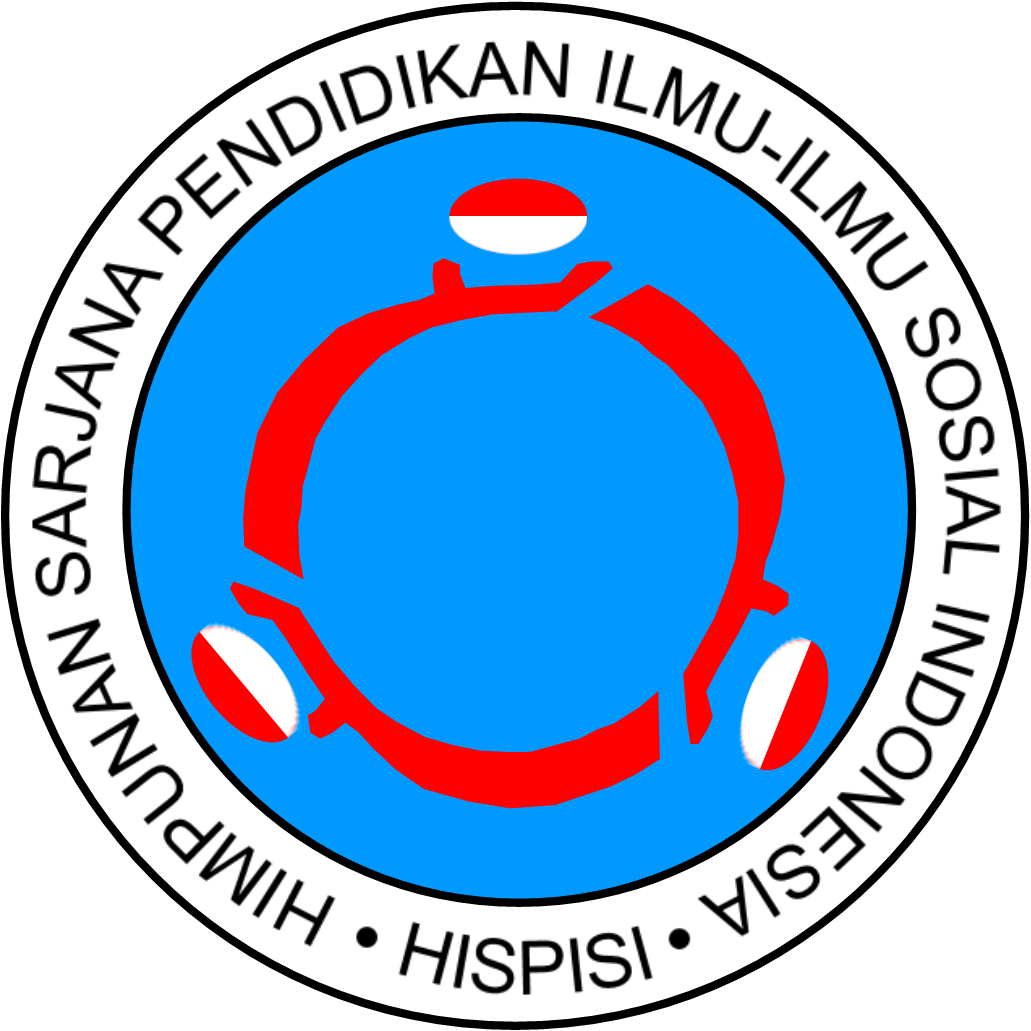An Analysis of Tour Guides’ Multilingualism in the City of Bandung, Indonesia
Abstract
Language skills and diversity are important for the tourism industry in marketing their products and make it easier for foreign tourists to communicate while in tourism destinations. To measure and overcome this challenge is a reason to consider this research through a multilingualism program in the tourism industry in Greater Bandung. The purpose of this study is to analyze the policies and conditions of tourism multilingualism in Greater Bandung. This study also aims to discover the perceptions of the tourism industry related to multilingualism in Greater Bandung. The research approach uses qualitative and primary data collection methods obtained through observation and interviews. While secondary data obtained through policy documents and previous research. The method of analysis uses descriptive qualitative analysis and content analysis. The findings are expected to be able to know the existing conditions of local government policies related to multilingualism and tourism. Also, this research is expected to be able to identify perceptions of the tourism industry on the needs of multilingualism in Greater Bandung.
Keywords
Full Text:
PDFReferences
Arsky, J. M., and Cherny, A. I. (1997). The ethno-cultural, linguistic and ethical problems of the “infosphere”. The International Information and Library Review, 29(2), 251-260.
Cassia, F., Castellani, P., Rossato, C., and Baccarani, C. (2020). Finding a way towards high-quality, accessible tourism: the role of digital ecosystems. The TQM Journal, 33(1), 205-221.
Cohen, E., and Cooper, R. L. (1986). Language and tourism. Annals of tourism research, 13(4), 533-563.
Constantoglou, M., and Trihas, N. (2020). The influence of social media on the travel behavior of Greek Millennials (Gen Y). Journal of Tourism and Hospitality Management, 8(2), 10-18.
Duchêne, A. (2009). Marketing, management and performance: Multilingualism as commodity in a tourism call centre. Language policy, 8(1), 27-50.
Gonçalves, K. (2020). “What the fuck is this for a language, this cannot be Deutsch?” language ideologies, policies, and semiotic practices of a kitchen crew in a hotel restaurant. Language policy, 19(3), 417-441.
Granville, S. (2003). Contests over meaning in a South African classroom: Introducing critical language awareness in a climate of social change and cultural diversity. Language and Education, 17(1), 1-20.
Granville, S., Janks, H., Mphahlele, M., Reed, Y., Watson, P., Joseph, M., and Ramani, E. (1998). English with or without g (u) ilt: A position paper on language in education policy for South Africa. Language and Education, 12(4), 254-272.
Jaelani, A. (2017). Halal tourism industry in Indonesia: Potential and prospects. International Review of management and Marketing, 7(3), 25-34.
Jafari, J., and Way, W. (1994). Multicultural Strategics in Tourism. Cornell Hotel and Restaurant Administration Quarterly, 35(6), 72-79.
Lituchy, T. R., and Barra, R. A. (2008). International issues of the design and usage of websites for e-commerce: Hotel and airline examples. Journal of Engineering and Technology Management, 25(1), 93-111.
Oktaviana, R. F., Muhammad, A. S., Kurnianingsih, F., and Mahadiansar, M. (2021). Internal condition analysis on tourism development of Bintan Regency 2019. Indonesian Journal of Tourism and Leisure, 2(1), 51-61.
Page, S. J., Hartwell, H., Johns, N., Fyall, A., Ladkin, A., and Hemingway, A. (2017). Case study: Wellness, tourism and small business development in a UK coastal resort: Public engagement in practice. Tourism Management, 60(1), 466-477.
Pek, L. S., Mee, R. W. M., Nadarajan, N. T. M., Mohamad, A. R., Alias, Z., and Ismail, M. R. (2019). Tourists’ Perceptions on Multilingualism use among Tourism Employees at Major Attractions in Kuala Selangor. International Journal of Academic Research in Business and Social Science, 9(5), 914-919.
Rogerson, C. M. (2013). Urban tourism, economic regeneration and inclusion: evidence from south africa. Local Economy, 28(2), 188-202.
Victor, V. (2020). Business analysis of canvas and swot models (Case study for culinary crossbreed cake" TN. XYZ"). Dinasti International Journal of Economics, Finance and Accounting, 1(3), 515-525.
Yamao, S., and Sekiguchi, T. (2015). Employee commitment to corporate globalization: The role of English language proficiency and human resource practices. Journal of World Business, 50(1), 168-179.
Yasir, Y., Firzal, Y., Sulistyani, A., and Yesicha, C. (2021). Penta helix communication model through community based tourism (CBT) for tourism village development in Koto Sentajo, Riau, Indonesia. Geo Journal of Tourism and Geosites, 37(3), 851-860.
Youngblood, A. M., Nutta, J. W., Dickson, D. R., and Nutta, M. W. (2021). Learning English as a second language in the back-of-the-House: proficiency and employment from the perspective of hotel human resource directors. Journal of Human Resources in Hospitality and Tourism, 20(1), 24-47.
Yousaf, S., and Xiucheng, F. (2018). Halal culinary and tourism marketing strategies on government websites: A preliminary analysis. Tourism Management, 68(4), 423-443.
DOI: https://doi.org/10.17509/jpis.v29i2.30739
Refbacks
- There are currently no refbacks.
Copyright (c) 2020 Cep Ubad Abdullah

This work is licensed under a Creative Commons Attribution-NonCommercial-ShareAlike 4.0 International License.















